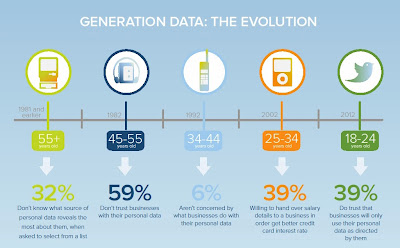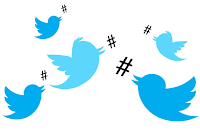 |
| From left: Vine, Snapchat and hashtags were big in 2013 |
2013 – a look back at three key trends
Photo-sharing: Snapchat, the micro service that allows users to share an image for a few seconds and has become a darling of teens, created lots of buzz when it first turned down a $3 billion buyout offer from Facebook and then reportedly a $4 billion offer from Google. But it could also be said that the service prompted changes on other social networks.
Instagram (a Facebook property that introduced video in June and web embeds of video in July) seemed to be trying to compete with Snapchat by launching Instagram Direct, a way for users to send photos and videos privately to up to 15 contacts.
Twitter upped its game by allowing photos to appear in a user’s feed (an idea that mimics Facebook’s news feed). The late October change applied to Vine (owned by Twitter) videos and pictures uploaded to Twitter, not to Facebook-owned competitor Instagram’s links. And, in what is likely a nod to Snapchat’s popularity, it added the ability to send photos via Direct Message, Twitter’s private message service between followers.
All of which reinforced the idea that the biggest social networks are scrambling to be the "one app that does it all."
Hashtags: Facebook launched clickable hashtags this year. Like on Twitter, hashtags help group content on similar topics. Users can click on a hashtag on Facebook and see all the content that's available on the social network for that hashtag. As part of the updates to Google+ in the past year was the addition of the "related hashtags" feature, which automatically adds hashtags related to a post. This means users can find related content via hashtags on Google+.
Other platforms that are now hashtag-friendly: Instagram, Vine, Flickr, Tumblr and Pinterest. And, again, the number of platforms using hashtags is a clear signal that the biggest social networks want more of your time.
For more on hashtags see Mashable’s The Beginner's Guide to the Hashtag or click on the graphic below to see the full infographic.
Brevity Between Vine and its 6-second looping videos and Snapchat and its shared photos that disappear in under 10 seconds, 2013 was about the briefest of social interactions.
Snapchat was likely the new app of the year and the king (or queen) of ephemeral social sharing with users now sending and receiving 400 million photo messages per day. In late December it was updated to add several improvements like "smart" filters and the ability to replay photos and videos. FYI: The update is hidden within Settings - Additional Services - Manage.
Vine, as mentioned earlier, was highly influential and grew rapidly in 2013. Users quickly rose to the challenge of creating fun, interesting and sometimes poignant 6-second videos. Late in the year Vine introduced vanity URLs for users – a first step toward being a mature social platform. For more on Vine see Mashable’s The Beginner's Guide to Vine.
2014 – predictions of what’s to come
Facebook’s decline will become obvious: The service is now too big and too crowded for many users, according to Jay Yarrow in his Entrepreneur magazine article Facebook Is a Fundamentally Broken Product That Is Collapsing Under Its Own Weight. Teens are deserting in droves and moving to other platforms such as Snapchat, WhatsApp, WeChat, Line, Twitter and Instagram (which Facebook owns). All of which are proving popular with said teens seemingly because they don’t "do everything."
"Second screen" battles: The second screen phenomenon has been developing for several years – it’s where people watching a TV show, such as The Voice or the Super Bowl, use a social network to talk about it with other fans. Twitter, the current leader in the battle, and Facebook have been looking to sign deals with TV networks and advertisers. Expect this competition to heat up.
Twitter finally goes mainstream: It’s likely Twitter will become the next billion-user platform, the questions is whether that happens in 2014 or 2015. With more than 700 million users currently and its growth increasing month over month it’s probably a matter of time before Twitter reaches the 1 billion mark. The biggest challenge: Getting more of the those 700+ million users to be on the platform more regularly. Current estimates have as few as 250 million users being active on the platform regularly. The No. 1 reason people are slow to engage? Twitter operates differently from most other social networks.
More pay-to-play for advertisers: It’s getting harder and harder for marketers and others to stand out on the biggest networks such as Facebook, Twitter, Google+ and Linkedin. This means these networks will increase the ways they can help a marketer for a price. For users this will mean a steady increase in promoted posts.
So what do you think? What will be the big changes in social media in 2014?




















